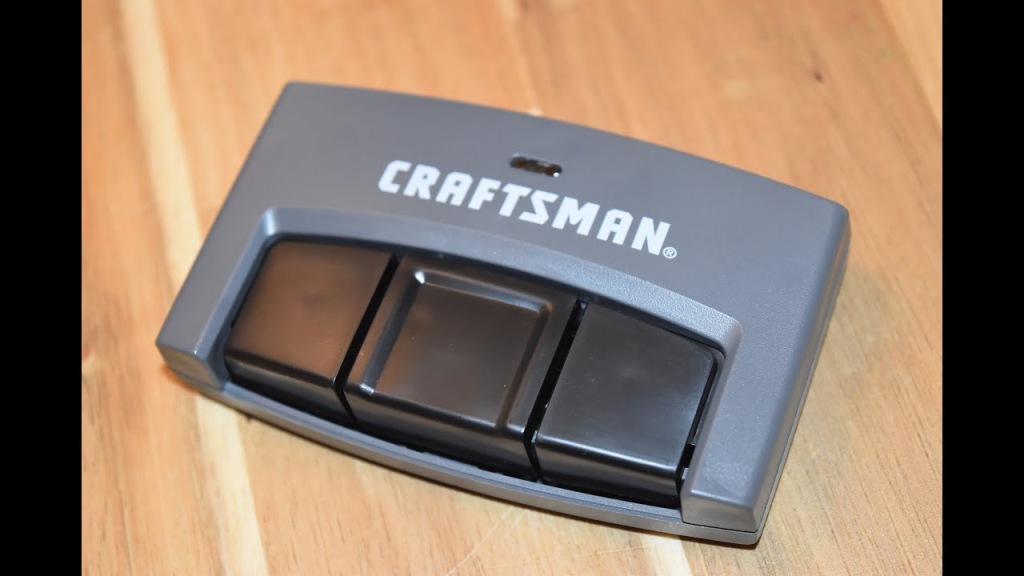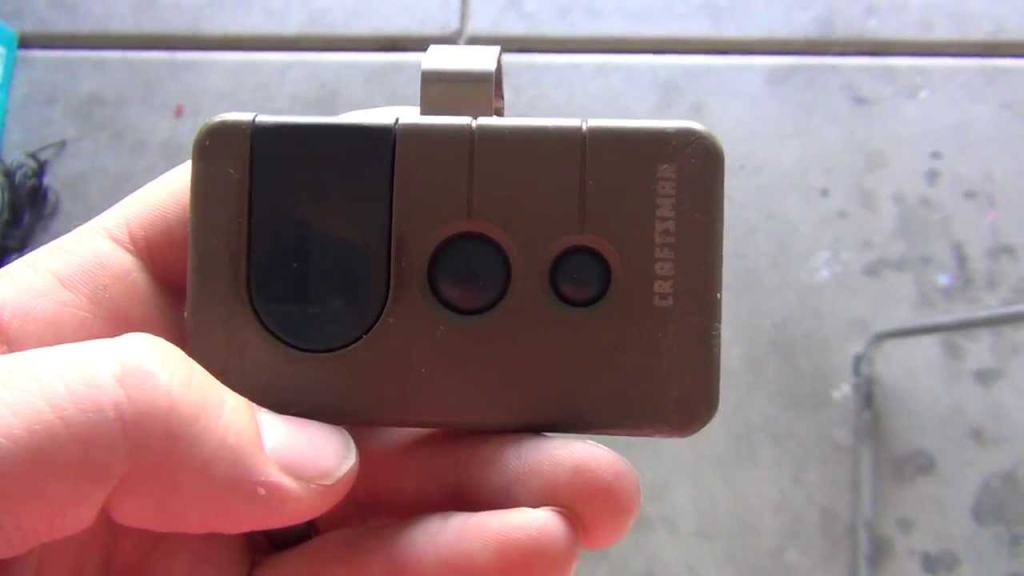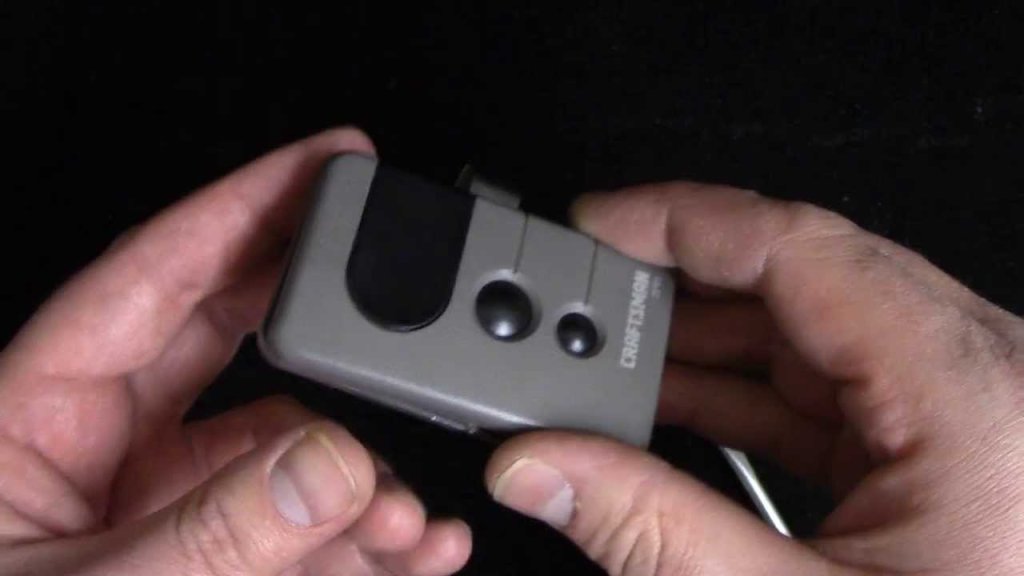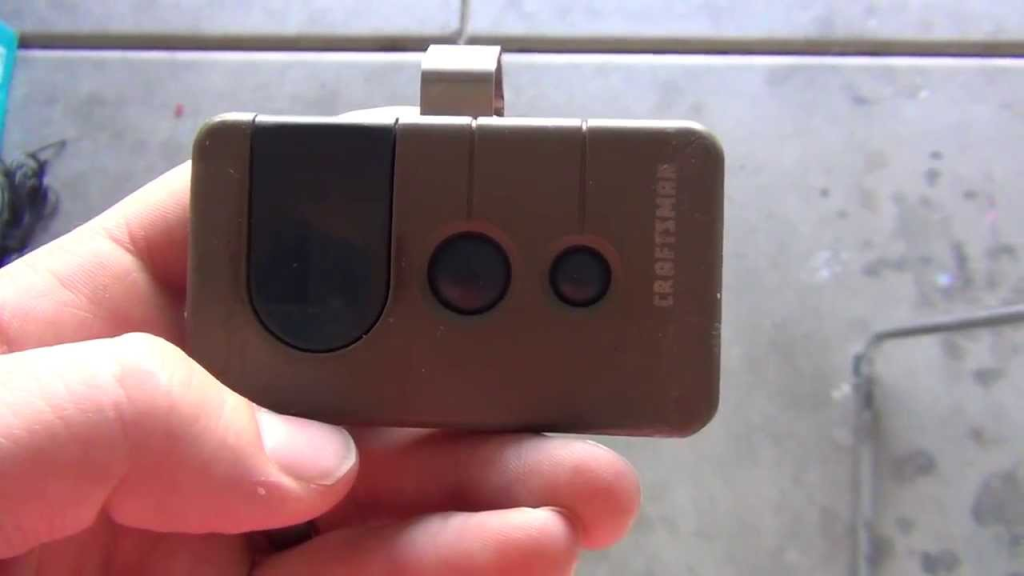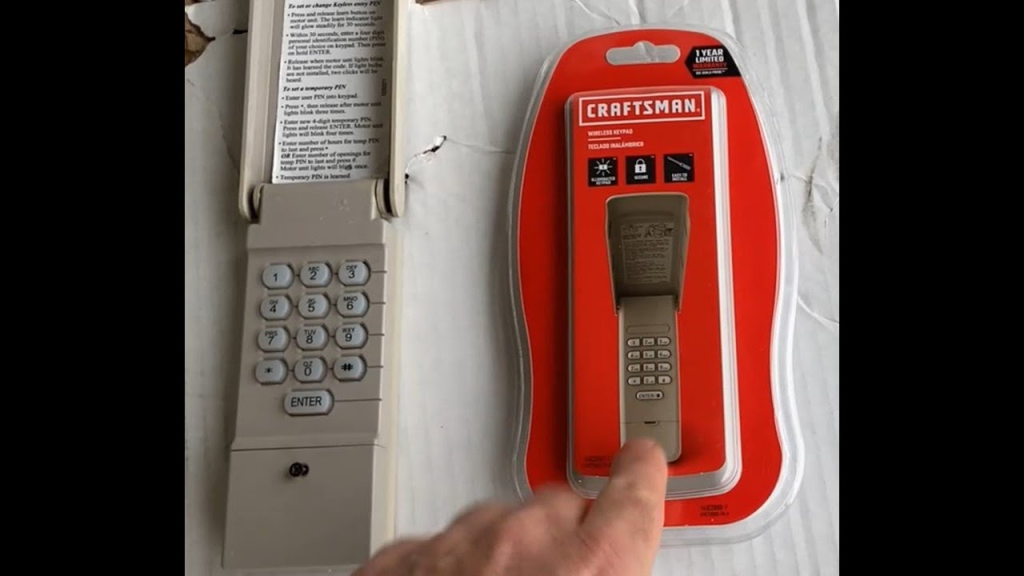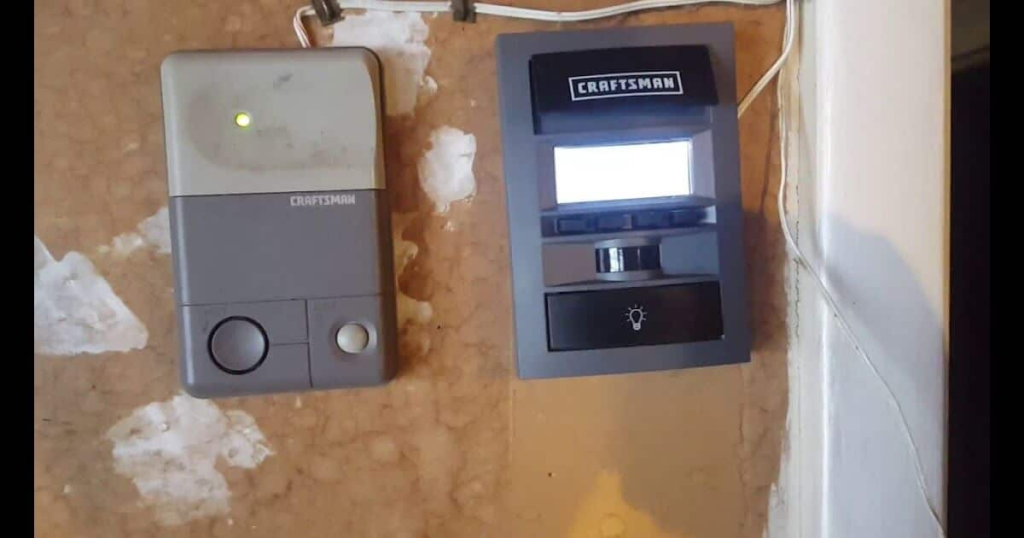Maintaining a Craftsman Garage Door Opener Remote is essential for smooth operation and convenience. One of the most common issues you may encounter with this remote is a dead or malfunctioning battery. In this detailed guide, we will explain how to replace the battery in your Craftsman Garage Door Opener Remote and provide helpful tips for troubleshooting and maintaining your remote to ensure it works optimally.
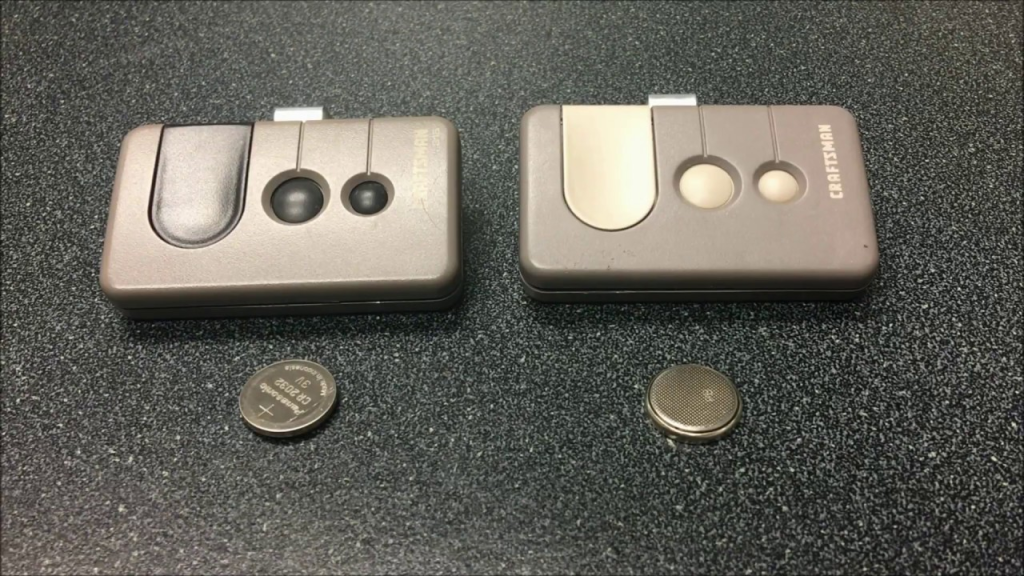
Why Does the Battery Need to Be Replaced?
The Craftsman Garage Door Opener Remote is powered by a small battery, usually a 3V coin cell, which powers the internal components of the remote. Over time, as the battery drains, the performance of the remote decreases, and eventually, it may stop working altogether.
Here are some signs that the battery in your Craftsman Garage Door Opener Remote needs to be replaced:
- The remote doesn’t respond when you press the buttons.
- The range of the remote has significantly decreased.
- You hear the motor of the garage door opener trying to engage but it doesn’t respond.
Replacing the battery is a quick fix for these common issues and will restore the functionality of your remote.
Tools You’ll Need to Replace the Battery
Before you begin replacing the battery, it’s a good idea to gather the necessary tools:
- Flathead screwdriver or coin (if your remote has a screw or needs prying open)
- New 3V battery (most Craftsman remotes use CR2032 or CR2025 batteries, but you should check your remote’s manual or existing battery to confirm)
- Soft cloth (to clean the battery compartment)
Read tooo: Craftsman Garage Door Opener 1/2 HP Programming for Effortless Setup
Step-by-Step Guide: How to Replace the Battery in Your Craftsman Garage Door Opener Remote
Now that you have your tools ready, follow these steps to replace the battery in your Craftsman Garage Door Opener Remote.
Step 1: Locate the Battery Compartment
Start by finding the battery compartment on your Craftsman remote. Depending on the model, the compartment can be located either on the back or front of the remote. Some models may have a small screw holding the cover in place, while others might simply snap open with a gentle pry.
- For remotes with screws: Use a small flathead screwdriver to unscrew and open the back panel.
- For snap-on covers: Gently use a flathead screwdriver or a coin to pop open the cover.
Step 2: Remove the Old Battery
Once the battery compartment is open, carefully remove the old battery. Take note of how the battery is positioned. The battery will usually have a flat side and a side with a button. Make sure you replace the new battery in the same orientation.
- Use your fingers or a non-metallic tool to avoid damaging the remote while removing the battery.
- If the battery is stuck, lightly tap the remote to dislodge it.
Step 3: Insert the New Battery
Now, take your new 3V battery and carefully insert it into the compartment. Ensure that the battery is placed in the same orientation as the previous one. The positive (+) side typically faces up, but this may vary depending on the model.
- CR2032 or CR2025 batteries are commonly used, but always verify the exact type in your owner’s manual.
Step 4: Close the Battery Compartment
Once the new battery is in place, securely close the battery compartment. If your remote has screws, tighten them back into place. If it uses a snap-on cover, press it firmly until it clicks into position.
- Ensure the compartment is closed tightly to prevent dirt or moisture from entering.
Step 5: Test the Remote
After replacing the battery and securing the compartment, test your remote to ensure it’s functioning correctly. Stand near your garage door opener and press the button on the remote to see if the door responds.
- If the door opens or closes as expected, your battery replacement was successful.
- If the remote still doesn’t work, make sure the battery is properly installed and the remote is within range.
Common Issues After Replacing the Battery
While replacing the battery in your Craftsman Garage Door Opener Remote is usually a straightforward task, there are some common issues that could arise afterward. Let’s take a look at some of them and how to fix them.
1. Remote Not Responding After Battery Replacement
If your Craftsman Garage Door Opener Remote isn’t working after replacing the battery, try the following solutions:
- Check the battery orientation: Ensure that the new battery is installed in the correct direction.
- Reprogram the remote: Sometimes, the remote may lose its programming when the battery is removed. Reprogram the remote by following the programming instructions in your manual.
- Test the remote with another battery: Try another new battery to rule out the possibility of receiving a defective one.
2. Remote Not Syncing with the Opener
If your remote isn’t syncing with the garage door opener after replacing the battery, follow the programming steps outlined in your owner’s manual. This typically involves pressing a “learn” button on the opener and then pressing the button on the remote to pair it with the opener.
3. Reduced Range
If the range of your Craftsman Garage Door Opener Remote has diminished after the battery replacement, consider the following:
- Check for interference: Other wireless devices, such as Wi-Fi routers or Bluetooth devices, may cause interference. Try using the remote from different locations to rule out interference.
- Replace the opener’s antenna: If your garage door opener has a damaged or short antenna, it could affect the remote’s range. Consider replacing the antenna if necessary.
Maintaining Your Craftsman Garage Door Opener Remote
Regular maintenance of your Craftsman Garage Door Opener Remote can help ensure it operates smoothly and extends its lifespan. Here are some tips for keeping your remote in top condition:
- Replace the battery regularly: Even if your remote is still working, it’s a good idea to replace the battery every 6-12 months to prevent issues from arising.
- Clean the remote: Dust and dirt can accumulate over time. Use a soft cloth to clean the remote, especially the buttons and battery compartment.
- Store the remote properly: Avoid exposing your remote to extreme temperatures or moisture, as this can damage the internal components.
- Test the remote periodically: Check the functionality of your remote every few months to ensure it continues to work correctly.
When to Replace Your Craftsman Garage Door Opener Remote
In some cases, your Craftsman Garage Door Opener Remote may not function properly even after a battery replacement. If you experience persistent issues such as buttons not responding, broken buttons, or complete failure to sync with the opener, it might be time to replace the remote.
Here are some signs that indicate a new remote is needed:
- The remote is physically damaged (e.g., cracked casing or damaged buttons).
- The remote is beyond repair or not responding despite troubleshooting.
- The remote is too old and no longer compatible with your garage door opener.
Conclusion
Replacing the battery in your Craftsman Garage Door Opener Remote is an easy and effective way to restore its functionality. By following the simple steps outlined in this guide, you can ensure that your remote continues to work smoothly and reliably. Regular battery replacements and proper maintenance will keep your garage door opener running without interruptions, providing you with the convenience and security you need.
If you encounter issues after replacing the battery, follow the troubleshooting steps to identify the problem and fix it. However, if the remote is still not working after these efforts, it might be time to consider purchasing a new remote.




